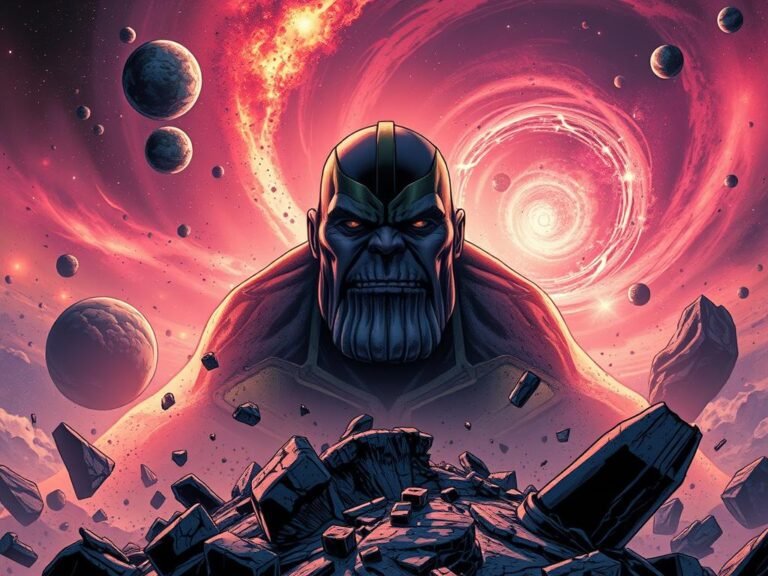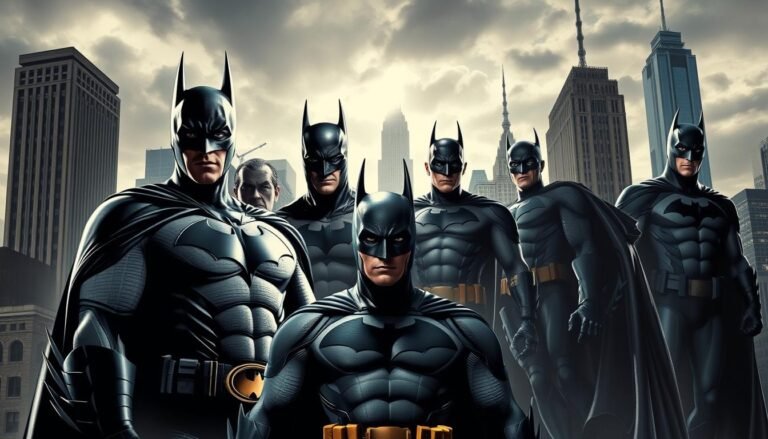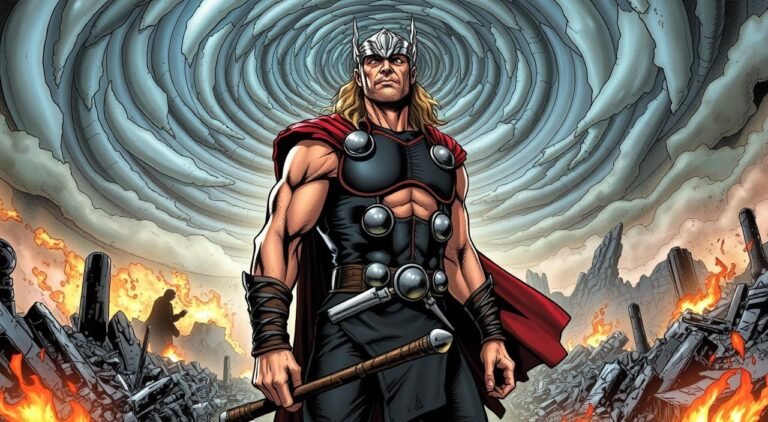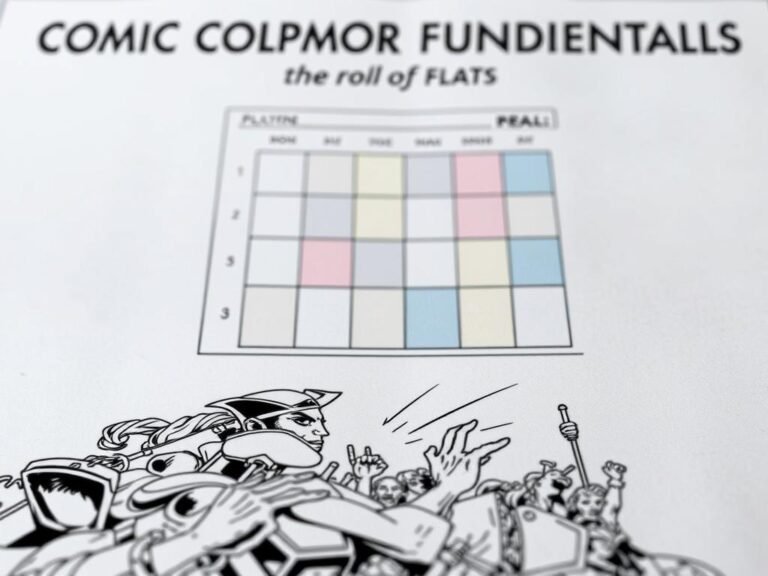Moon Knight: From The Dead – Warren Ellis’s Hard-Hitting and Stylish Reimagining

Have you ever wondered how a superhero can be redefined through a singular creative vision? That’s precisely what renowned comic writer Warren Ellis achieved with his reimagining of Marvel’s Moon Knight, transforming a character previously mired in convoluted backstory into a streamlined, captivating figure. Ellis’s work on Moon Knight has captivated and redefined expectations. Join me as we delve into how Ellis’s version of Moon Knight left a lasting imprint.
The Origin of Moon Knight
The character of Moon Knight, otherwise known as Marc Spector, emerged in the late 1970s. Originally a mercenary who died only to be resurrected by the Egyptian moon god Khonshu, Spector takes on the mantle of Moon Knight, a hero protecting the denizens of darkness.
Over time, his character developed complex layers involving dissociative identity disorder, which began as a literary device and evolved into a significant component of his persona.
Ellis approached Moon Knight with a fresh perspective, stripping him of the cumbersome elements and presenting him as a minimalist force. His Moon Knight is distinguished by his stark white costume, symbolizing purity and stark contrast against the underworld he fights within.
| Aspect | Old Version | Ellis’s Version |
|---|---|---|
| Costume | Cloak and Cowl | Minimalist White Suit |
| Setting | Diverse Global Locations | Urban Landscapes |
| Primary Motivation | Mystical Rebirth | Metropolitan Protector |
| Character Complexity | Multiple Identities | Focused Vigilantism |
The Bold New Look
One of the most significant changes implemented by Ellis was the appearance of Moon Knight himself.
Gone were the intricate costumes full of capes and cowls. In its place, Ellis introduced a sleek, practical suit that exuded elegance and intimidation.
This visual overhaul mirrored the thematic shift: Moon Knight was now a figure of elusive simplicity, using the cityscape as his canvas.
This minimalist approach paradoxically added layers to the character, allowing readers to focus on his actions rather than his myriad past incarnations. By forgoing the traditional superhero getup, Ellis’s Moon Knight became a street icon, an urban myth bathed in moonlight.
Reimagining the Mythology
What truly sets Ellis’s Moon Knight apart is how he redefined the character’s mythology. The intrinsic relationship between Marc Spector and Khonshu remained, but Ellis infused it with psychological depth.
This reimagining emphasized a more symbolic form of sufferance and redemption. Under Ellis’s tenure, Moon Knight became less about vengeance and more about understanding his place in a world of chaos.
Warren Ellis once remarked, “To distill Moon Knight down into a ghostly, scary notion of ‘The Moon’s Knight’ allowed me to focus on atmosphere and mood, which are preferable to extensive backstory.”
The Artistic Collaboration
The partnership between Ellis and artist Declan Shalvey was pivotal in manifesting this vision. Shalvey’s art complemented Ellis’s narrative, creating stark images full of shadow and light.
Each panel was meticulously crafted, enhancing the surreal and phantasmal qualities that Ellis advocated.
The artwork was critical to this reimagining, serving as a conduit for the psychological landscape that Moon Knight traversed. Thanks to Shalvey’s depiction, the gritty and raw emotions of Moon Knight were vividly visualized, embedding a cinematic quality in each comic page.
The Psychological Depth
Ellis infused Moon Knight with nuanced psychological elements, focusing on Spector’s mental health struggles. Rather than treating his dissociative identity disorder as a gimmick, Ellis used it as a lens to explore identity, perception, and reality.
Moon Knight’s internal battle humanized him, making his adventures as much about introspective reflection as physical conflict.
Such an approach held a mirror to readers, inviting them to contemplate the masks they wear in their personal lives. Ellis’s portrayal offered psychological complexity rarely seen in superhero narratives, making it both relatable and profoundly compelling.
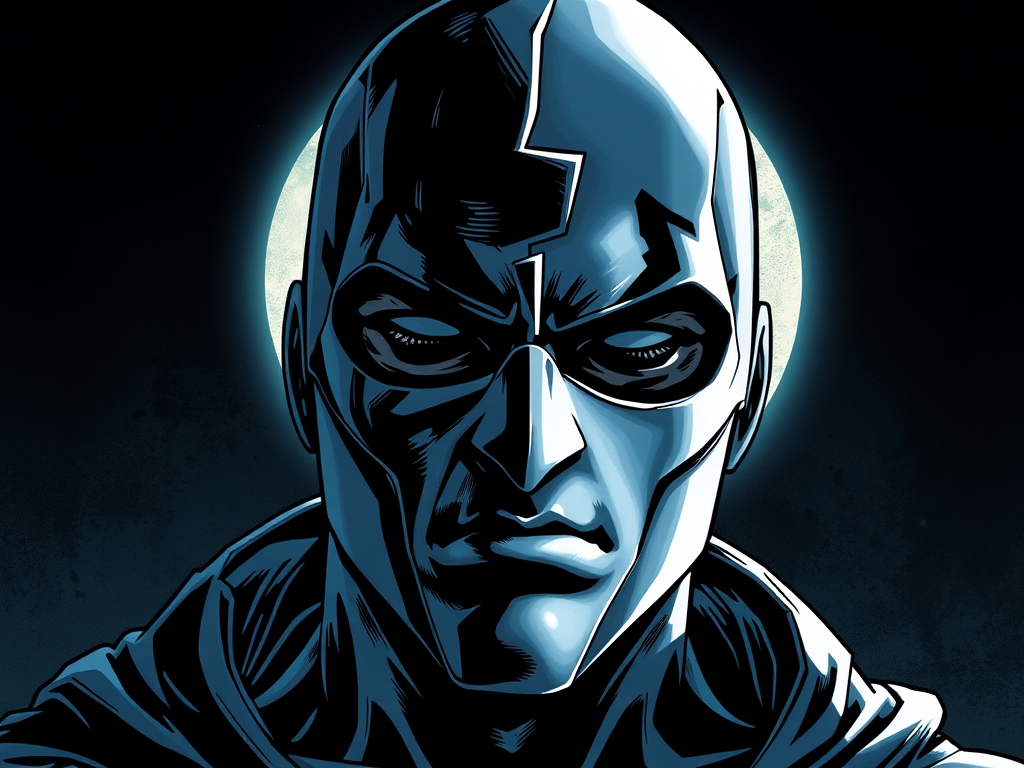
Impact on Comic Narratives
Ellis’s work marked a profound shift in how superhero stories could be told—eschewing sprawling narratives in favor of concise, episodic stories.
This approach allowed each issue to serve as a standalone tale while still contributing to the greater tapestry of Moon Knight’s character.
- Ellis’s format encouraged accessibility, welcoming new readers who needn’t be versed in decades of lore.
- His short story approach inspired fellow writers to explore non-linear storytelling.
- Moon Knight’s episodic journey under Ellis presented a model for revisiting other comic book heroes in a fresh light.
Reception and Legacy
The critical reception of Ellis’s Moon Knight was resoundingly positive. Critics lauded its ability to achieve depth without excess, creating a captivating narrative within a limited span.
Ellis demonstrated the potency of a writer’s craft in redefining characters.
Readers were enthralled by this new incarnation, praising its ability to deliver poignant storytelling without sacrificing excitement and action.
Moon Knight became a beacon of what could be achieved when traditional superhero tales were approached with fresh eyes and bold creativity.
Conclusion
Warren Ellis’s revamp of Moon Knight can only be described as a seminal moment in comic book history.
The combination of narrative ingenuity and artistic brilliance created a lunar protector that resonated with audiences and critics alike.
By simplifying the mystique and focusing on psychological and existential dimensions, Ellis crafted a character study that transcended its medium.
With Moon Knight, Ellis didn’t just redesign a character—he redefined what it means to be a hero.
FAQ – Common Questions
What are the core differences in Ellis’s Moon Knight?
Ellis focused on simplifying the character, using a minimalist aesthetic and emphasizing psychological elements over prolonged backstory.
How did the collaboration with Declan Shalvey influence the comic?
Shalvey’s art provided an atmospheric depth that perfectly complemented Ellis’s narrative, enhancing the visual impact of Moon Knight’s world.
Did Ellis maintain Moon Knight’s connection to Khonshu?
Yes, but he explored it more symbolically, focusing on themes of redemption and identity rather than strictly mythological aspects.
How was the reception of this reimagining?
Far far away, behind the word mountains, far from the countries Vokalia and Consonantia, there live the blind texts. Separated they live in Bookmarksgrove right at the coast of the Semantics, a large language ocean.
What influence did Ellis’s approach have on the comic industry?
It was critically acclaimed for its concise storytelling, psychological depth, and innovative artistic approach, garnering praise from both critics and readers.
Add your title here
Ellis’s episodic storytelling and character focus inspired other writers to explore similar concepts, setting a precedent for originality in comic narratives.



